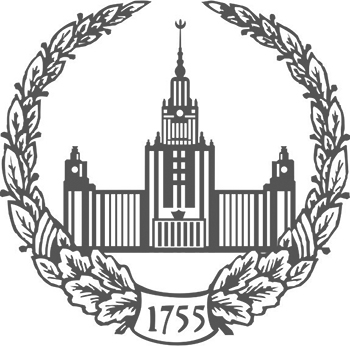
eLIBRARY ID: 8377
ISSN: 2074-1588
eLIBRARY ID: 8377
ISSN: 2074-1588
The article presents the analysis of the research in the field of implementation of translanguaging models into professional training of students majoring in linguodidactics. The authors analyze various models within the framework of the opposition of academic and spontaneous translanguaging, as well as enhancing metalinguistic awareness model, model of using whole linguistic repertoire, integrated language curriculum model and model of translanguaging shift s from the perspectives of using two foreign languages simultaneously for the organization of bilingual training. Each of the presented models differs in type, intentions of using translanguaging, the subject who makes the choice of the languages, as well as in the ratio between the languages. Considering the theoretical foundations, the authors note the potential of each model in the linguodidactic process. In conclusion, the most effective and suitable, from the authors’ point of view, practices of transinguaging are presented. They allow flexible use of two foreign languages simultaneously for organizing classes and, accordingly, provide bilingual professional training that meets the requirements and challenges of the modern educational environment.
